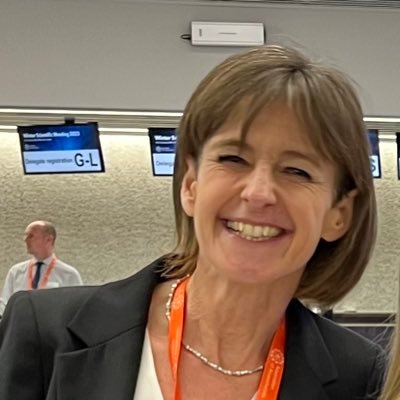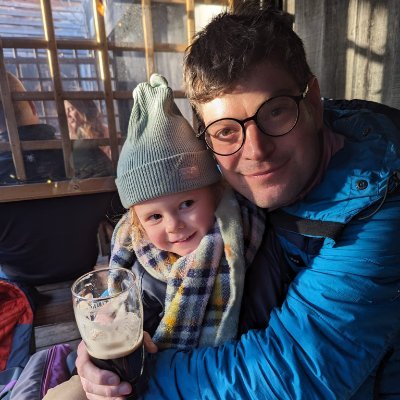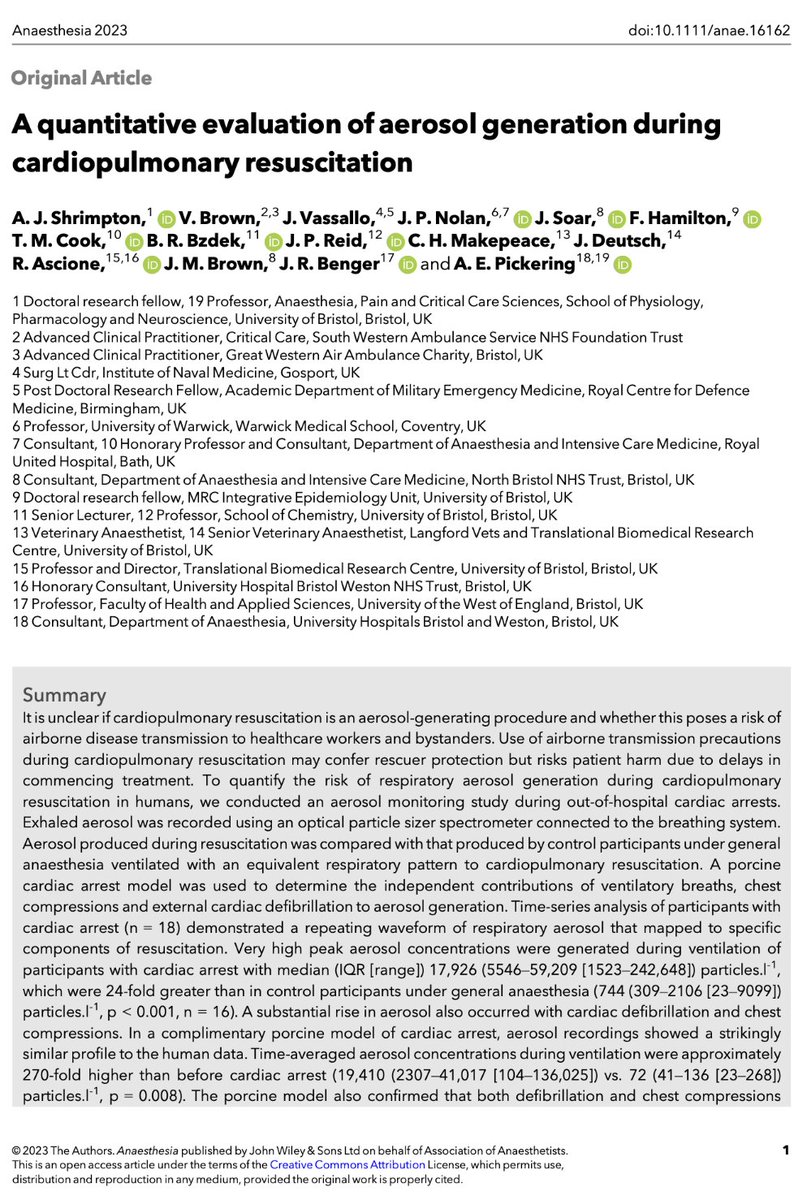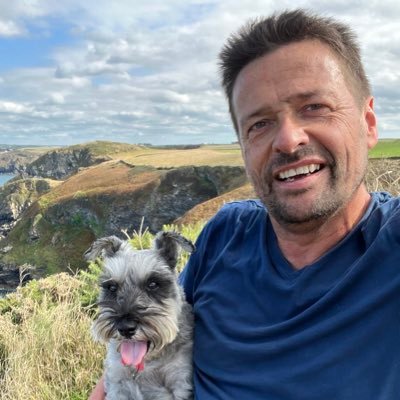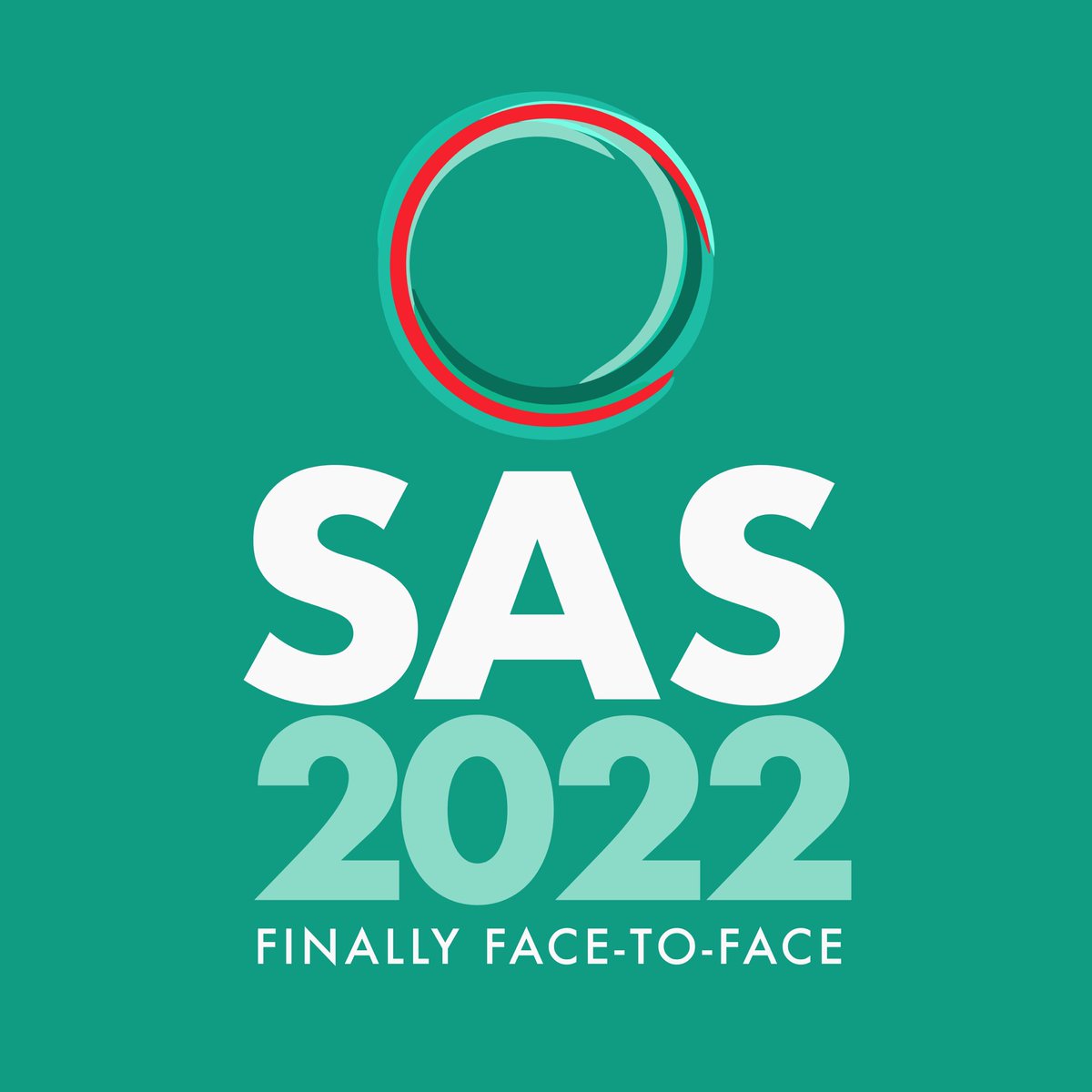
Andy Shrimpton
@_andyshrimp
Followers
191
Following
264
Media
3
Statuses
116
NIHR funded doctoral fellow. Academic anaesthetic trainee. Dad. Chaser of aerosols. Consistently disappointing FTP.
Joined November 2015
RT @doctimcook: Pleased to see this published. A study from #AERATOR published in @Anaes_Journal showing that even with a large intentiona….
0
60
0
Well done Fiona. Great talk.
Thank you everyone!. Extremely honoured to give the Featherstone Oration at #wsm2024 yesterday @Assoc_Anaes . So lucky to have worked with many amazing & inspirational people- these ‘giants’ plus many others as I discussed. @MartinBromiley @doctimcook @JerryPNolan @chrisfrerk
1
0
1
RT @Anaes_Journal: 🔓Peri-operative cardiac arrest: management and outcomes of patients analysed in the 7th National Audit Project of the @R….
0
62
0
Very proud to have this paper out. Huge amount of thanks to @GWAAC, @Swasft, @vickibrown999 @JerryPNolan @jas_soar @gushamilton @doctimcook @TonyPi314 @drjulesbrown, Profs Ascione, Reid and Benger, TBRC staff @BristolUni, Bristol Aerosol Research Centre and the other co-authors.
🔓A quantitative evaluation of aerosol generation during cardiopulmonary resuscitation. #OpenAccess and #FreeForever!. @_andyshrimp @vickibrown999 @JerryPNolan @jas_soar @gushamilton @doctimcook @TonyPi314 @drjulesbrown. 🔗
4
16
32
RT @Anaes_Journal: 🔓Cardiopulmonary resuscitation generates 100-fold higher concentrations of respiratory aerosol than in awake or anaesthe….
0
30
0
RT @morefluids: Really excited to be standing for Association of Anaesthetists Trainee Committee elections alongside a strong group. It wou….
0
20
0
Thanks Jan. Great talk on a really important topic. Our studies are the result of a collaboration between aerosol scientists and clinicians. Proud to see our work recognised by @Anaes_Journal . Huge thanks to @doctimcook @TonyPi314 @drjulesbrown @BristolARCentre @gushamilton.
Congrats to @_andyshrimp for a well-deserved win tonight for his work on AGPs at a crucial moment in time, really high impact stuff! 🥳.
0
3
8
Top work! Proud to have been a part of it.
Inevitably bragging. Very proud to work here.Where we all take part in RESEARCH & QI.Not all ground breaking but.-inclusive.-collaborative.-multispecialty.@RUHBath @RUHCriticalCare . 2019-22.Papers 119 (+collab 14).Editorials 49.Reviews 21.Chapters 44.Lectures 293. Authors 199
0
1
7
A great event to have been a part of (even if done so remotely).
If you missed @SafeAirway 2022 ASM, find the free recordings here:.@jgatward @DrGivasHit @doctimcook @josimpson11 @AndyHiggsGAA @ForbesMcGain @EllardLouise @_andyshrimp @SpontVentGA @dasairway @dastrainees . . For more content, join @SafeAirway
0
0
0
